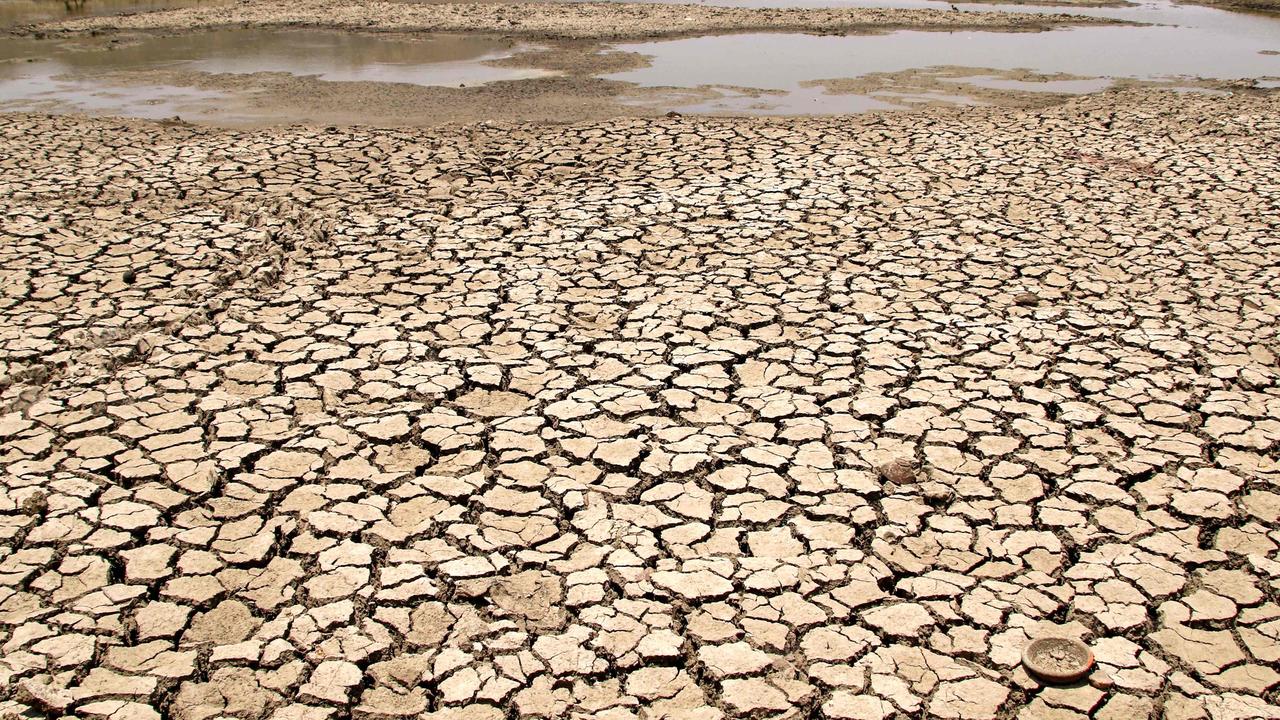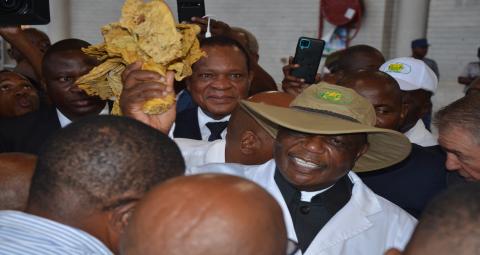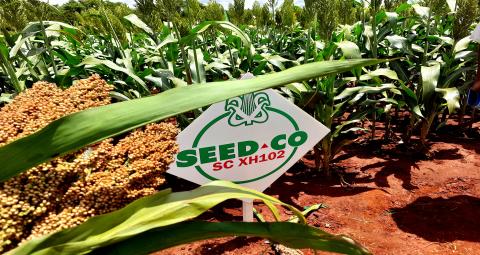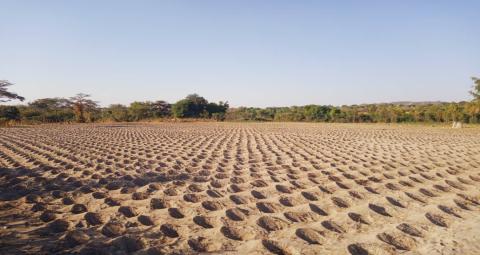
By Nelson Gahadza (The Sunday Mail)
ZIMBABWE is likely to experience normal to below-normal rainfall in the 2023-2024 cropping season due to the El Niño phenomenon that may affect Southern Africa, and farmers should plant early, go for short-season maize varieties and adopt drought-resistant and early-maturing crops, according to experts.The phenomenon, which is not new to Zimbabwe and the region, usually causes delayed and erratic rains, thus, adversely affecting crops and livestock.
Zimbabwe Farmers Union (ZFU) Secretary General Mr Paul Zakariya said, in practice, information on the phenomenon should be readily available to farmers in order to ensure adequate planning. He said this is not the first time the country has had an El Nino-induced drought, hence, there are valuable lessons learned from the past. “What we used in the past is what we should use, but if that did not work, we should try new things. In practice, we need to have weather information ready for the farmers, and that information should be area-specific so that farmers know exactly what time to plant in their area, what type of seeds they should plant in their area and the levels of rainfall.
“Beyond that, we need to ensure, since it is not the first time, that we have started to prepare ourselves for mitigation, such as the utilisation of water bodies that we have to irrigate our crops and during long dry spells to supplement with irrigation,” he said in an interview.
He said farmers, especially in areas without irrigation facilities, should adopt short-season varieties that mature early. “The short-season varieties are there; it will not make sense to grow long-season varieties, and it is that information that should be given to farmers so they can do things differently,” said Mr Zakariya.
He noted that climate change is real and will stay with us, and if we are not prepared for it, it becomes a problem every time the phenomenon occurs. “Therefore, investment must go towards irrigation, and smallholder farmers should be encouraged to buy small irrigation equipment that can be moved from one field to another, and the farmers will be able to produce all year round, which speaks to food security,” he said.
Seed Co Limited, a leading seed producer, recently said it was investing more in drought-tolerant maize seed varieties to mitigate the effects of climate change. Climate change is making droughts more frequent and severe globally, threatening food security. In Zimbabwe, the phenomenon is bringing harsher and more frequent droughts, threatening the staple maize crop In this regard, Seed Co has a breeding programme for developing early maturing seed varieties that will counter the effects of drought.
In 2020, Zimbabwe launched a US$47 million seven-year project with the support of the Green Climate Fund and the United Nations Development Programme, aimed at strengthening the climate resilience of vulnerable communities. Programmes such as Pfumvudza have increased resilience against climate change-induced drought impacts and improved yields in rural communities in Zimbabwe, where they have been implemented.
Agriculture expert Dr Renneth Mano said when there is more than 80 percent chance that Zimbabwe is likely to experience El Nino drought-induced crop failure, farmers should not plant the same mix of grains (maize versus sorghum and millet) and oilseeds (soyabean versus sunflower and groundnuts) that they traditionally grow under normal rainfall conditions. “Farmers must remember that there is no hybrid maize seed variety in Zimbabwe or in the whole world that is more drought-tolerant than local varieties of sorghum and millet. “There is no soyabean variety that is more resilient to drought or moisture stress than sunflower seed and groundnuts,” he said.
Dr Mano said due to the high cost of farming inputs and elevated climate change risks, farmers must take the seasonal climate risk of drought-induced crop failure as a very important cost of production when projecting their expected profit per dollar spent on a crop. He said smart farmers would choose to grow millet over maize if they had an 80 percent chance of making a profit of US$100 from a hectare of millet and only a 20 percent chance of making a US$150 profit from a hectare of maize, because maize is more vulnerable to drought-induced crop failure.
Dr Mano said all dryland commercial farmers planning to take agricultural input loans to finance their 2023-2024 grain and oilseed crop production should insist on adding a weather-indexed crop insurance policy to their input loan agreement.
He said agricultural extension officers and banks offering farm input loans can help farmers choose the best weather-indexed insurance policies from reputable companies. “Climate-smart agriculture is not only about digging big holes in the field to capture and preserve moisture; it is also about choosing the right mix of crops to plant in a drought year compared to the right mix of crops to plant in a normal rainfall year. “Smart agriculture is also about knowing which risks a farmer can shoulder and which farming risks are best outsourced to specialised agricultural insurance companies offering competitively priced weather-indexed insurance policies,” said Dr Mano.
Mr Walter Rusike, a communal farmer in Mashonaland East province, said most growers in his area had been advised to go for Government-sponsored climate-proof agricultural practices such as Pfumvudza. He said some farmers are considering dry planting, where they cast the seeds and then wait for the rain to fall.




